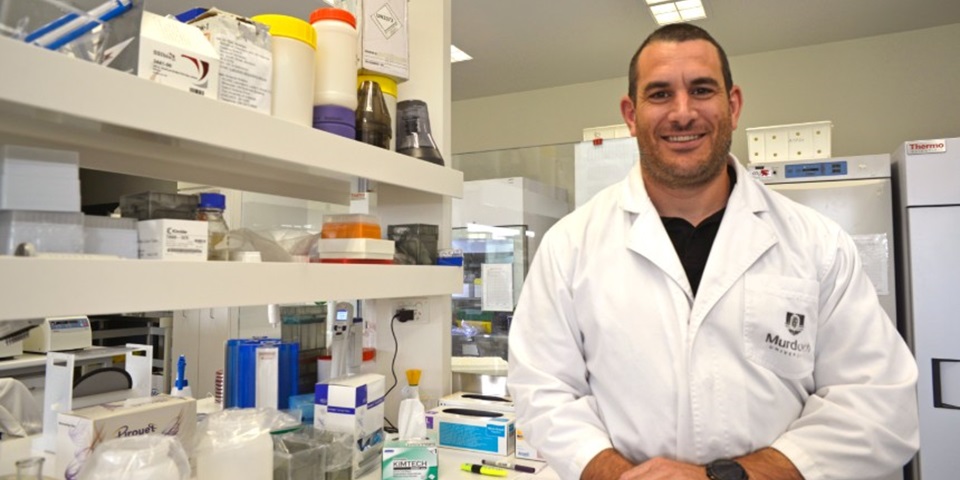News
Virologist clears the air on bat coronaviruses

Murdoch’s veterinary virologist Dr Mark O’Dea weighs in on what has caused the novel coronavirus outbreak in the human population.
A wet market in Wuhan City, Hubei Province of China has been identified as the epicenter of the outbreak, which has raised questions among the public health community regarding the source of the virus.A paper published in the Journal of Medical Virology points to snakes as ground zero for the current strain. Dr O’Dea disagrees, claiming bats are the more likely source as they are known reservoirs for viruses and can sustain multiple strains concurrently.
“It is extremely rare for a virus to jump from a cold-blooded animal like a snake to warm blooded animals such as humans,” said Dr O’Dea.
“I would not be surprised if the precursor to the current Wuhan coronavirus is also found in bats in China. There is even ongoing analysis by researchers overseas to support this theory.”
Dr O’Dea highlights that it’s normal to find coronaviruses in bat communities all over the world.The Murdoch lecturer recently conducted a study together with PhD student Diana Prada and wildlife epidemiologist Dr Bethany Jackson, examining the presence of multiple viruses in Western Australian micro bats.
Of the 850 micro bats sampled in the south west region of Western Australia, almost 30 per cent of the species tested positive as carriers of a coronavirus including strains that hadn’t been found before.
“It’s likely these strains evolved in the bats. Although, the ones we identified don’t fall under the same group that the Wuhan-born coronavirus, SARS and MERS virus sit in,” adds Dr O’Dea.
He stresses that while bats may carry a precursor to the current coronavirus infecting humans, we shouldn’t be quick to punish the species.
“Bats aren’t the enemy,” said Dr O’Dea,
“These coronaviruses have likely circulated in bat communities for a long time.”
While viral surveillance in bat communities is the first step in predicting disease emergence, the veterinary virologist points out we should also consider how encroachment, habitat destruction and climate change is driving cross-species infections.
The reality is host-switching happens relatively infrequently, but if you place species that wouldn’t naturally interact in a confined and stressful environment, it increases opportunities for infectious disease agents to jump ship,” explained Dr O’Dea.“This is why conditions like wet markets are the perfect brewing ground for viral strains to infect new species, including humans.”
Coronaviruses are of respiratory nature and primarily spread through close contact with others, like through breathing or touching.
“If we want to protect ourselves from pandemic diseases emerging from wildlife, we need to look more closely at why this is happening, and that means facing the hard questions on how we treat our natural environment,” said Dr Jackson.
“Nature is sending us some pretty clear messages at the moment that things are in disequilibrium.”
Although there is currently no cure for a coronavirus, the World Health Organisation (WHO) recommends avoiding close contact with anyone showing symptoms of respiratory illness such as coughing and sneezing.
Other preventative methods include washing your hands regularly, covering your mouth and nose when coughing and sneezing and ensuring all meat and eggs are thoroughly cooked before consumption.